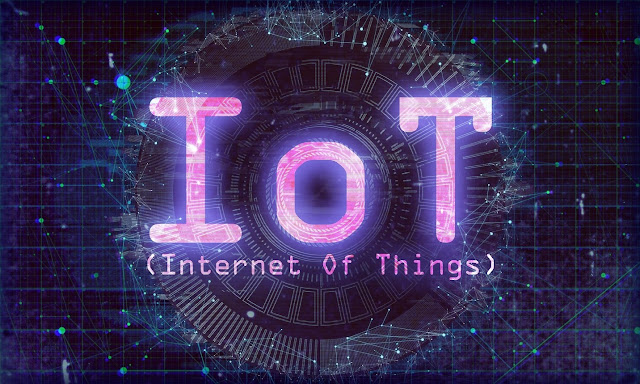Data center and cloud networking agility provide the ability to react quickly to changes and goes way beyond traditional measurements of speeds and feeds. Agility depends on being able to manage the network fabric holistically with emphasis on higher-level infrastructure orchestration platforms, automation tools, programmability through APIs, and end-to-end visibility through deep analytics with machine learning.
With the many permutations of cloud and data center infrastructures that exist in the global market, IT has a wealth of vendor options to evaluate for network solutions that match the needs of their enterprise and cloud data centers. Fortunately, there are analysts and technology journalists to help sift through the flood of data with independent research. What are the critical capabilities that set leaders of network infrastructure and management apart from followers? Let’s look at some of the capabilities that Gartner uses to evaluate data center and cloud networking solutions.
2020 Gartner Critical Capabilities for Data Center and Cloud Networking
The capabilities for optimizing data center and cloud networking—from hardware to network operating systems to management solutions—are all drivers of agility and business resiliency. In particular, Gartner highlights three use cases that are top of mind for many enterprise IT teams for evaluating data center networking solutions:
1. Enterprise Refresh/Build-Out Use Case. Includes switch hardware, Network Operating System (NOS), management, and automation integrations.
2. Agility Boost Use Case. Based on management platform independence, automation, hyper-converged infrastructure integrations, and public cloud integrations.
3. DevOps Driven Organization Use Case. Day 1 and Day 2 automation and data center platform integrations.
These capabilities, among others, build a foundation for managing data center resources for modern enterprises facing continuous change. For example, Gartner predicts that “by 2023, 10% of enterprises will fully integrate data center networking activities into CI/CD pipelines, up from nearly zero in early 2020”, with DevOps driving the development of applications critical to business. For these applications to run successfully under high demand, organizations will need increased insight and automation into managing Day 2 operations for data center and hybrid-cloud operations. In the 2020 Magic Quadrant for Data Center and Cloud Networking report, Gartner highlights Cisco’s strengths and cautions as a Magic Quadrant Leader.
◉ With solid products and a large and global installed base, Cisco offers depth and breadth of features that covers nearly all usage scenarios, including advanced routing and ultra-low-latency switching.
◉ Cisco has a roadmap to deliver increasing levels of analytics and automation to satisfy emerging customer requirements for a more autonomous and self-healing network.
◉ Cisco Network Insights improves Day 2 operational activities such as troubleshooting, reporting, and bug scrubs, and integrates with both Application Centric Infrastructure (ACI) and Data Center Network Management (DCNM) controllers.
Six Years of Positioning as a Gartner Magic Quadrant Leader in Data Center and Cloud Networking
2020 marks the 6th consecutive year that Gartner positions Cisco in the Leaders Quadrant for Data Center and Cloud Networking. This year Gartner included Cloud Networking in addition to the traditional on-prem data center offerings and we believe Cisco was named a Leader given our proven multi-cloud architecture. Gartner evaluated Cisco data center and cloud switches, NOS as well as Cisco Application Centric Infrastructure (ACI), Data Center Network Management (DCNM), and Data Center Network Assurance and Insights Suite.
*Source: Gartner Magic Quadrant for Data Center and Cloud Networking, June 30, 2020






















